Wine should not be a
uniform & mass-produced product.
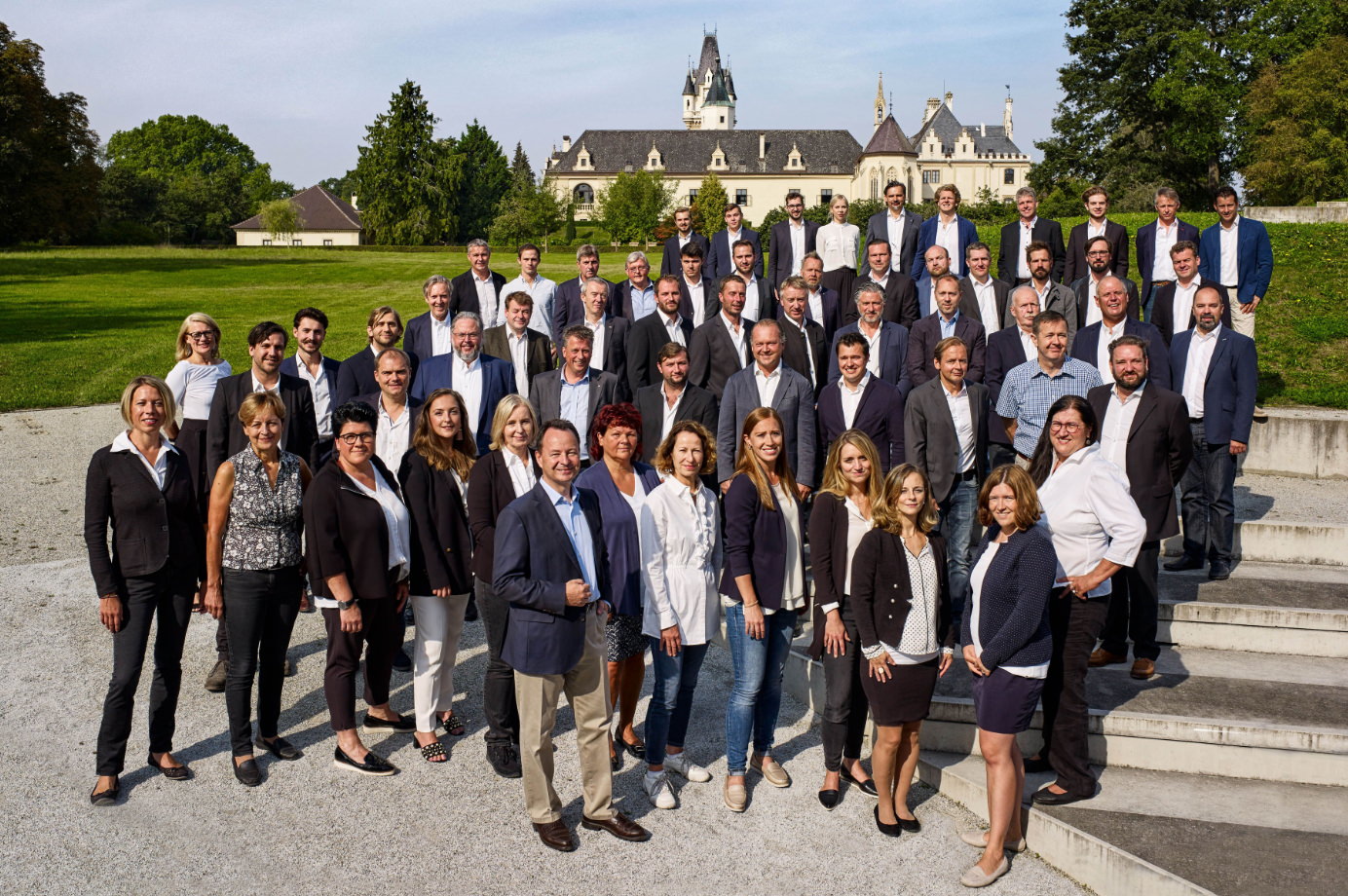
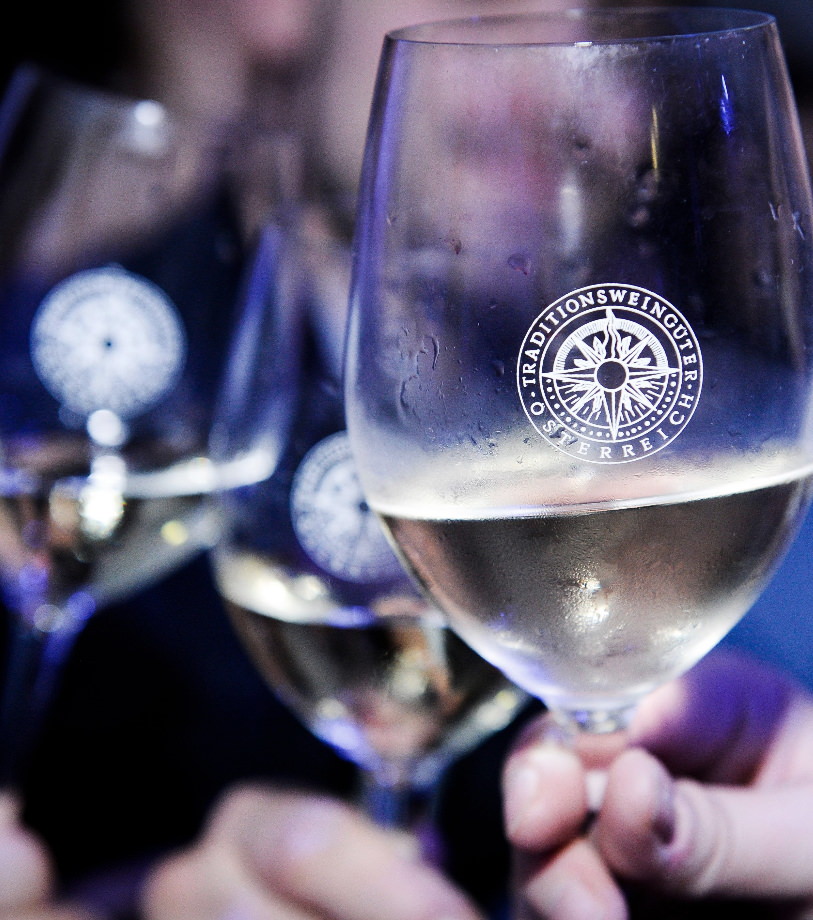
We are like-minded viticulturists who strive to express the distinctive characteristics of our regions & soils, our climates, our grape varieties & our cellars in the wines.
The ÖTW is a winegrowers’ association, founded in 1992 and headquartered in Krems an der Donau. According to the ÖTW charter, its primary objective is to create a classification of Austria’s vineyards (»Ried«). This should provide consumers with an element of orientation in navigating Austria’s myriad appellations of origin.
Austrian viticulture has its own particular name for a vineyard site: »Ried« – as in Ried Heiligenstein, for example. German winegrowers do not use it, they use the word »Lage«.
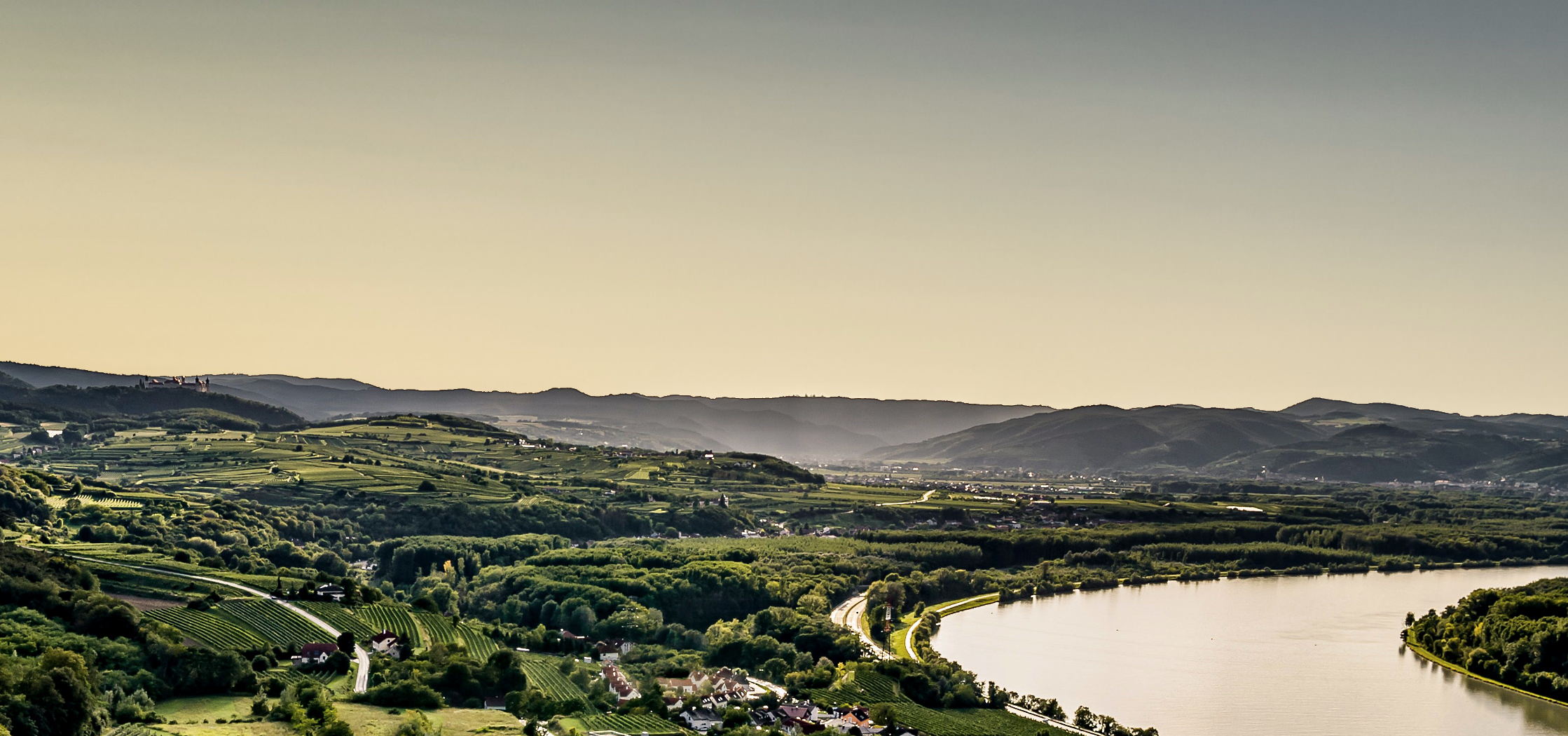
Our member estates are cultivating the historical vineyards in the valley landscape of the northeastern Danube region, these are the appellations Kamptal, Kremstal, Traisental and Wagram, as well as along the eastern part of the Danube in the wine-growing regions of Vienna (Wien) and Carnuntum. Each appellation reflects its own special & distinctive nature in the wines.
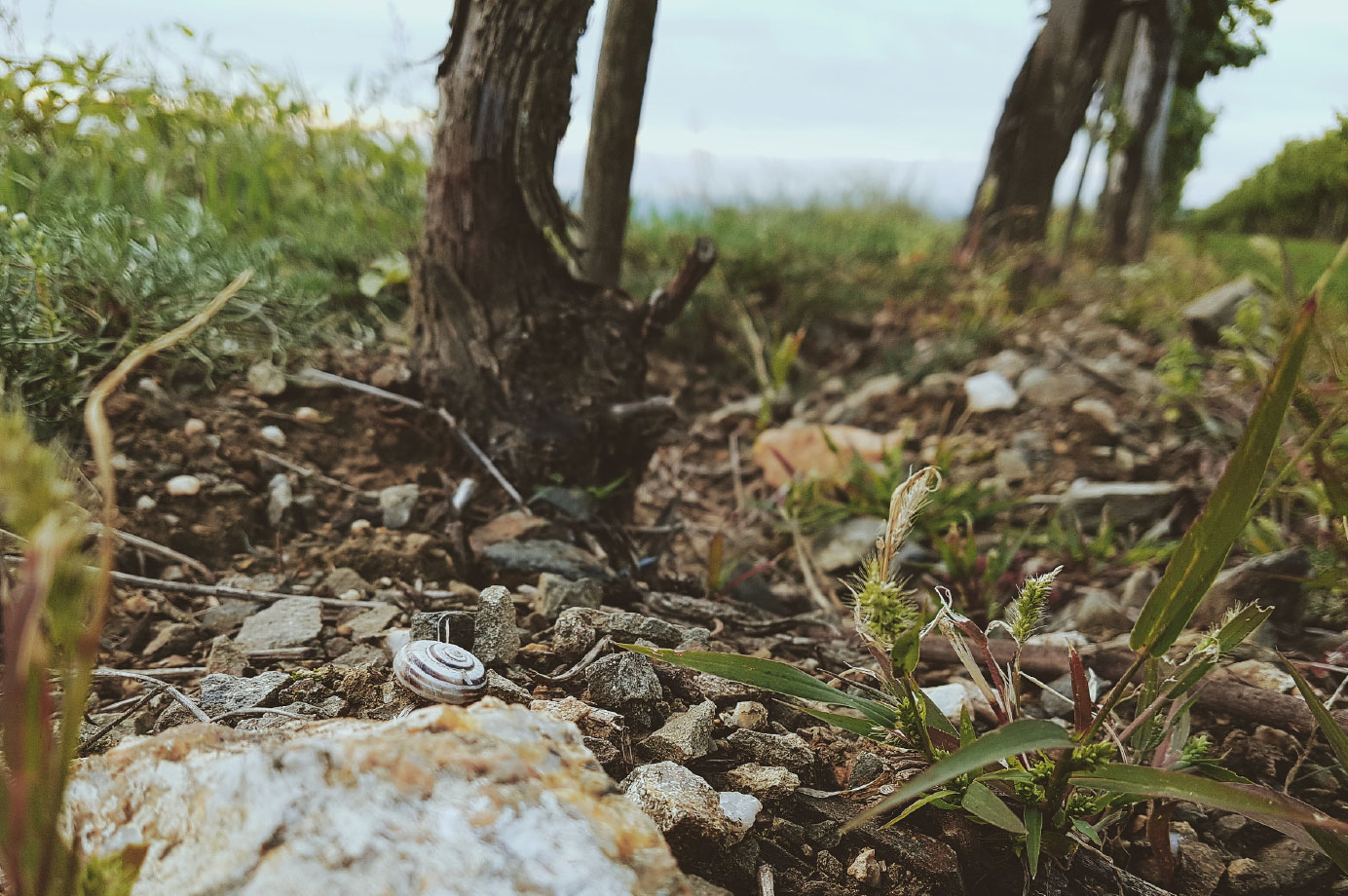
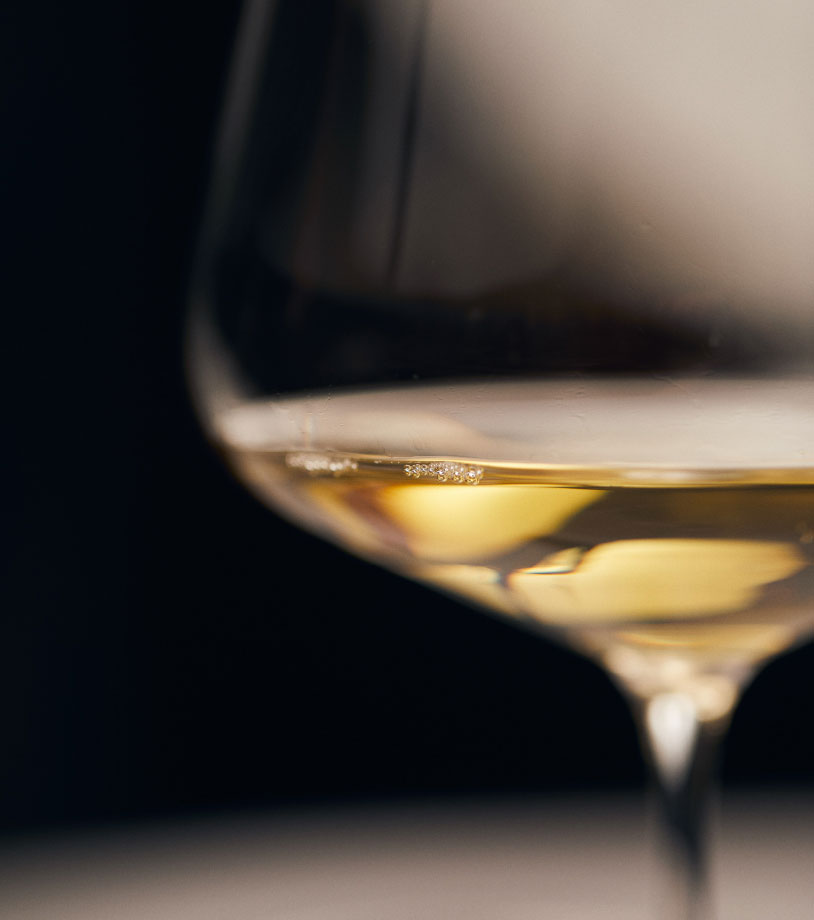
Our endeavour articulates itself in creating the antithesis to wine as a uniform mass-produced product, lacking individuality, without recognisability or any connexion to nature. Wine that demonstrates a perceptible relationship with its point of origin is our objective.
Austria’s winegrowing regions are marvellously diverse. According to region, it is often the case that neighbouring – sometimes only a couple rows in area – vineyards will be planted in different soils, or be influenced by a distinct microclimate. These differences bear direct influence upon the wine that is growing there.
In close collaboration with geologists, ampelographers and other experts in their respective fields of study we have dedicated ourselves since 1991 with passion & diligence to the classification of vineyards, and defining them based on the factors of history, soil, microclimate, and their influence upon the characteristics & quality of a particular wine. This vineyard classification serves the consumer in orientation while navigating Austria’s vast landscape of vineyards with its more than 4000 sites.
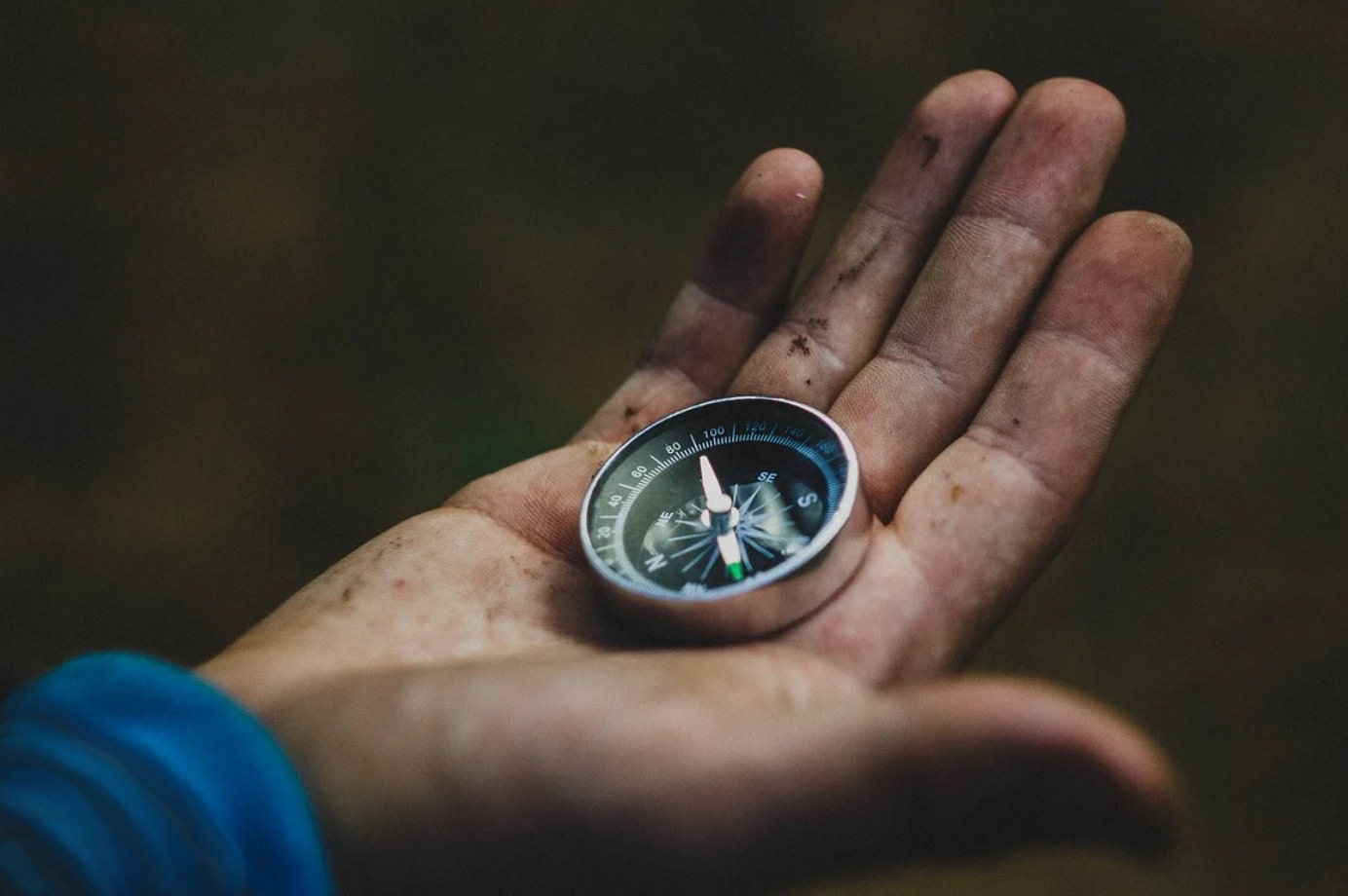
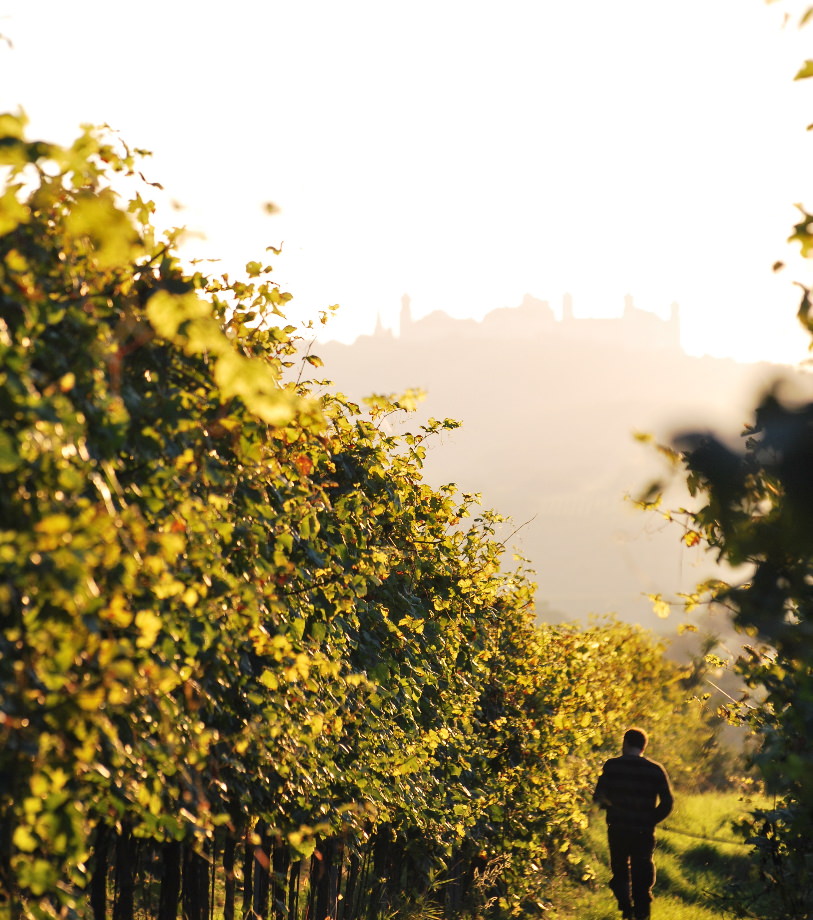
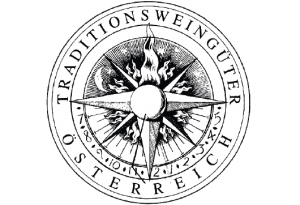
Wind & weather, the course of the seasons, dynamic tension between day & night, positions of the sun and of the moon, cosmic influences & geology. For thousands of years, winegrowers have gotten their bearings by observing these factors & phenomena. They are represented on our seal by the sundial and the compass. The ÖTW seal identifies our member estates and will be shown by them on the capsule or label.
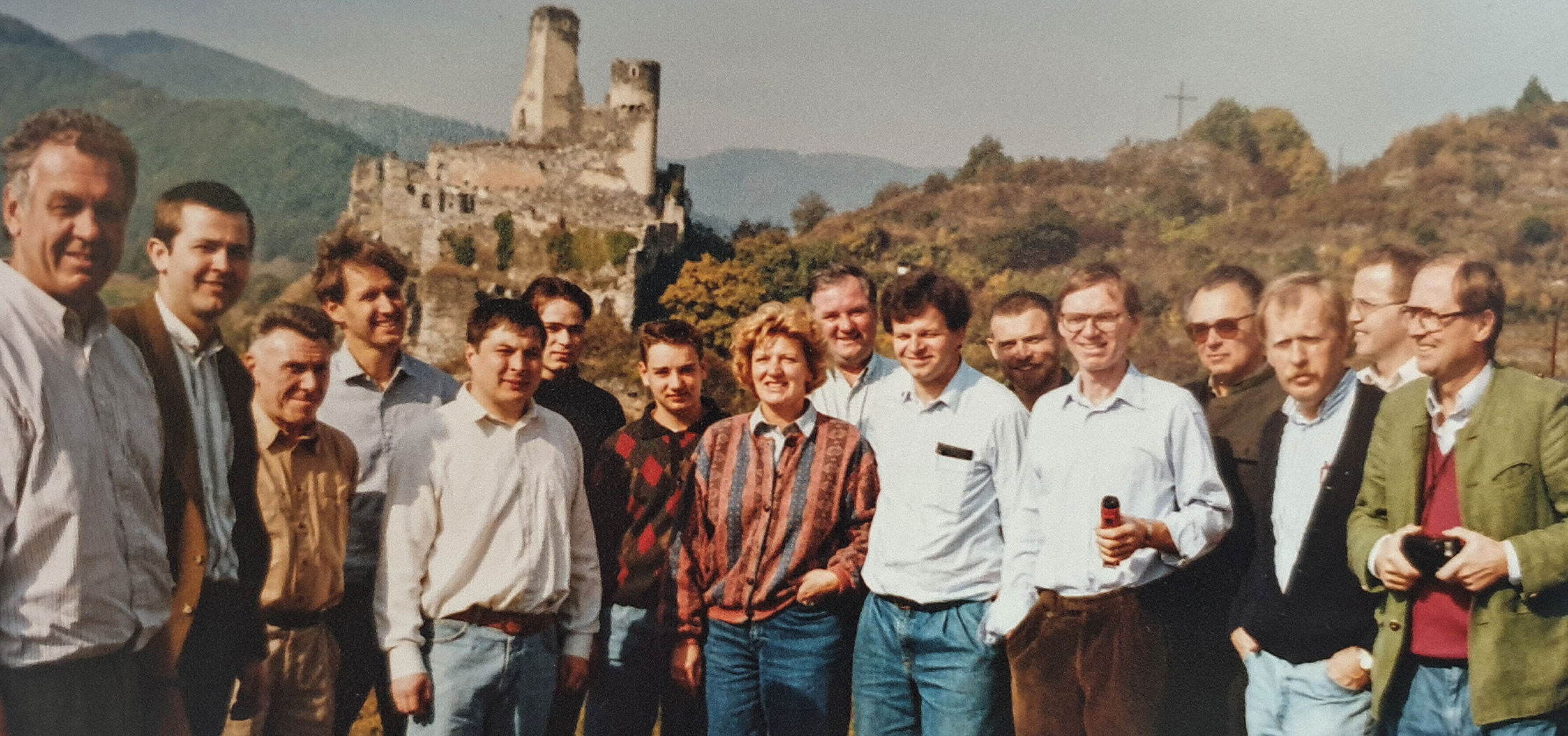
‘The best parts were the rambles together through the vineyards, and the tastings of wines that were grown in them. Nowhere else in the world of food & drink is there such an intimate bond between place of origin and pleasure than with wine. We were particularly fond of Burgundy with its emphasis on origins, classification and the traditions that have grown up around fine wine’.
Reminiscence of a founding member
Even before the first gatherings toward the end of the 1980s, our founding members knew that there is an intense connexion between wine and the site. So they met with one another to explore this relationship in depth and to map it out with precision. They laid the cornerstone for the Österreichische Traditionsweingüter – the traditional wine estates of Austria.
So, the history of the ÖTW reaches back a few decades. These informal meetings ultimately led to ten winegrowers from Kamptal and Kremstal coming together in 1991 to specifically address the process of vineyard classification, and to discuss the potential of their outstanding single vineyards. Focus was placed upon the interdependence of community, identity, soil and the quality of wine.
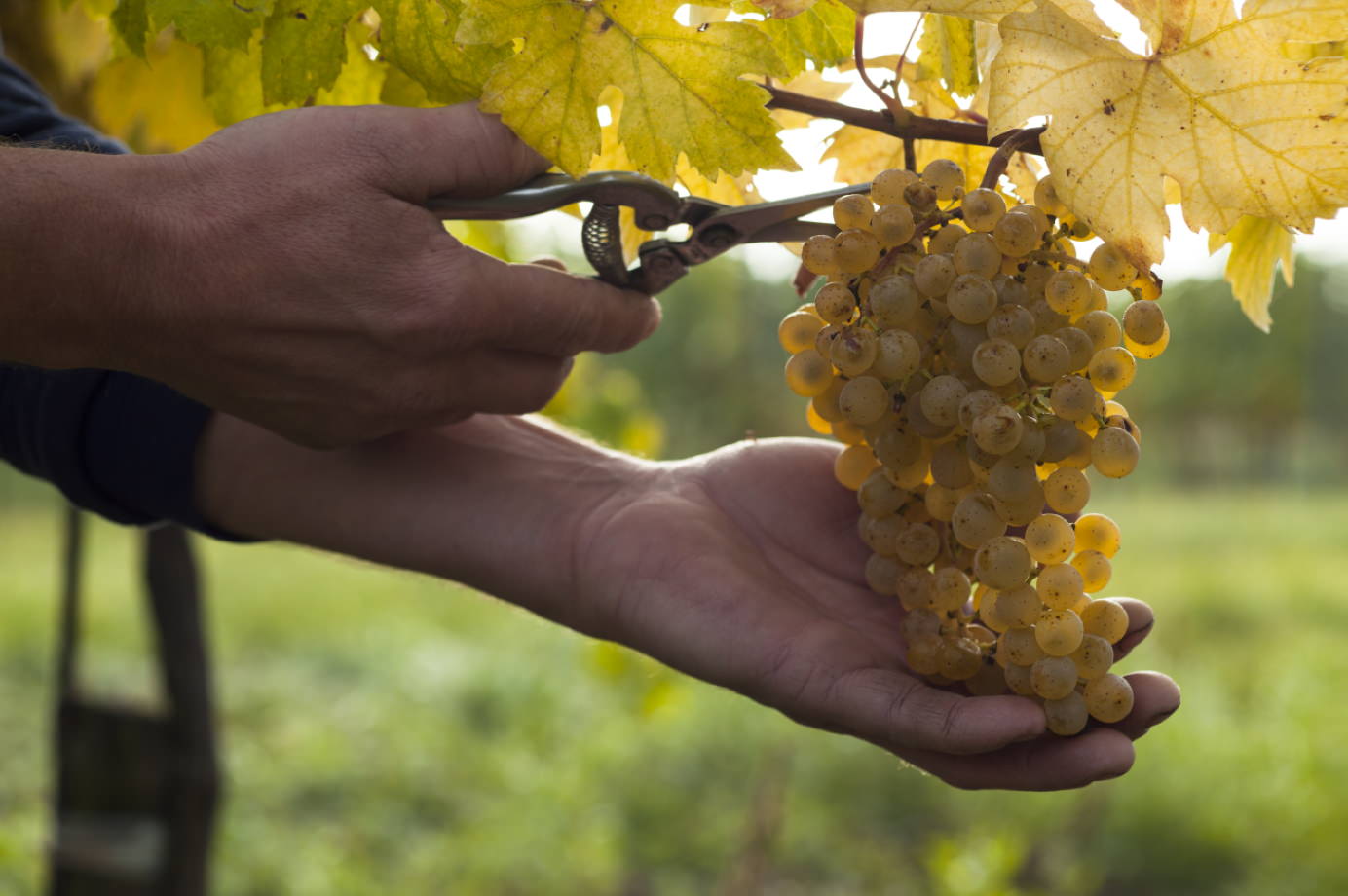
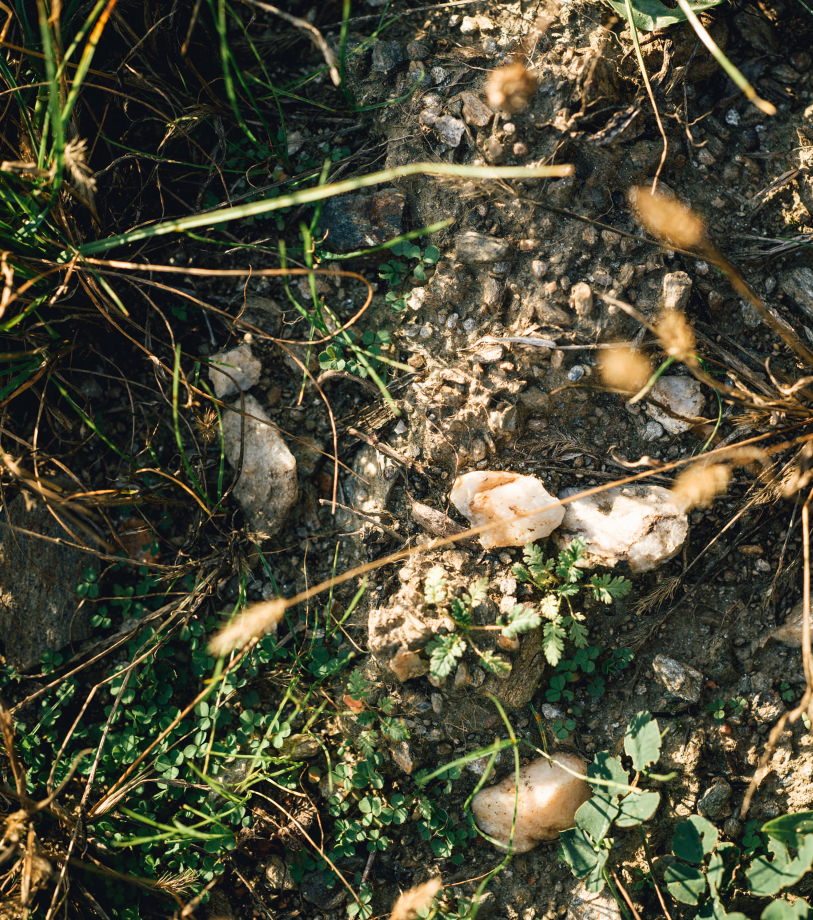
The first years
In close collaboration with geologists, ampelographers and other experts in their fields, the winegrowers intensified their engagement with the complex interrelationships between soil and microclimate, along with the influence they exert upon the various grape varieties with their respective natures. On the basis of their findings they developed a scientific and articulate system of classification, which remains today the foundation of our work.
From 1991 to now
Over the years, the founding members from the Kamptal and the Kremstal expanded their circle to include wine producers from Wagram and the Traisental – and then in 2018 to include winegrowers in Wien (Vienna is an official appellation of origin) and Carnuntum.
2010
found the association expanded to a membership of thirty growers, all bringing their knowledge and experience to the common endeavour. Based on a methodology developed over time, they introduced the process for the first vineyard classification in Austria. This was rooted in the understanding – as it remains – that great wines will only flourish in the most outstanding and most significant vineyard sites.
53 vineyard sites
were classified as ÖTW.Erste Lage (1ÖTW) in the first phase. As of the 2019 classification, a total of 89 vineyards bear this distinction.
In 2020
we made our classification system available to non-member wine producers from the Danube River Region, under condition of compliance with the association’s criteria for cultivation of vineyards and the vinification of wine. They are allowed to display the device 1ÖTW on the label, while the official ÖTW seal remains reserved for member estates.
